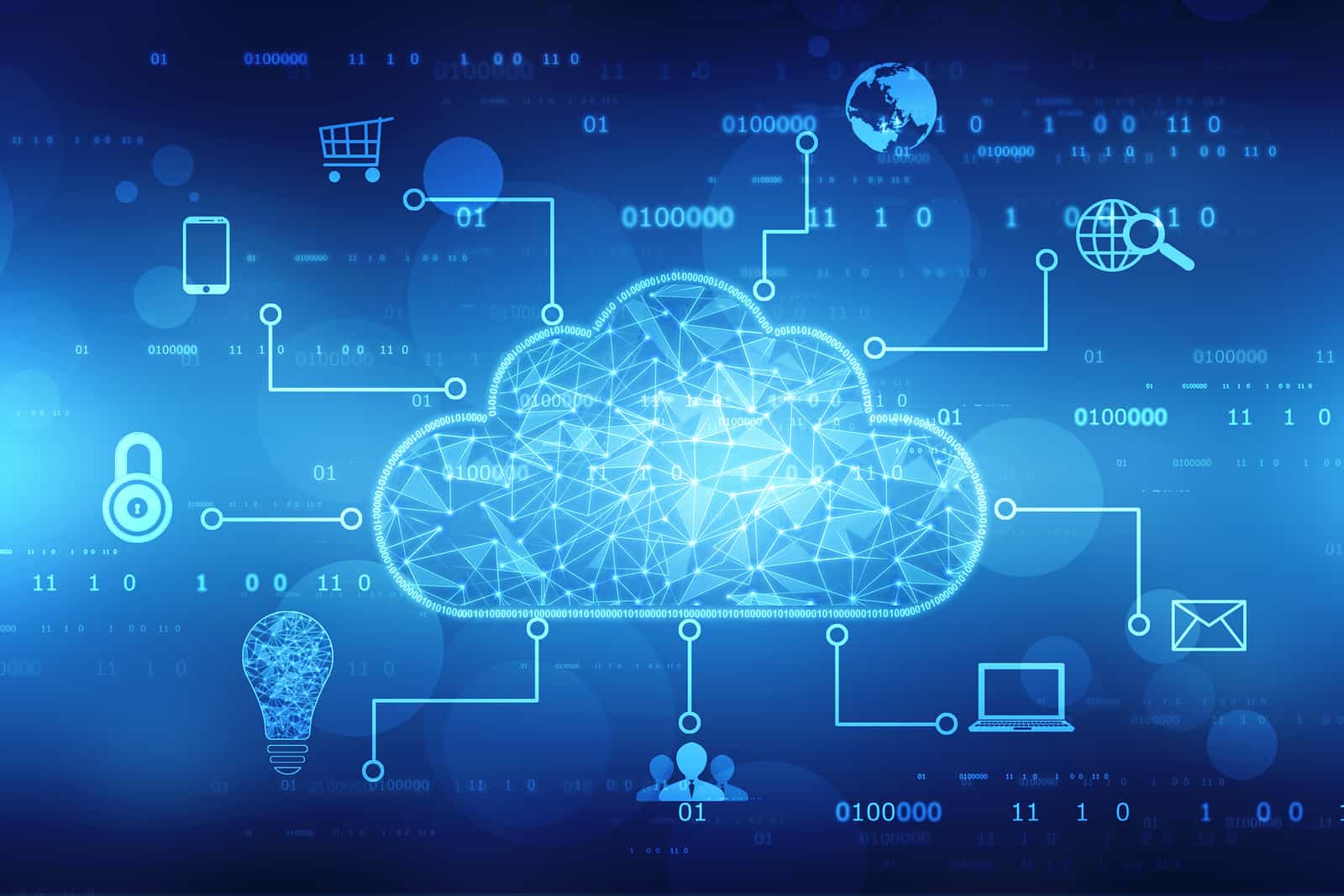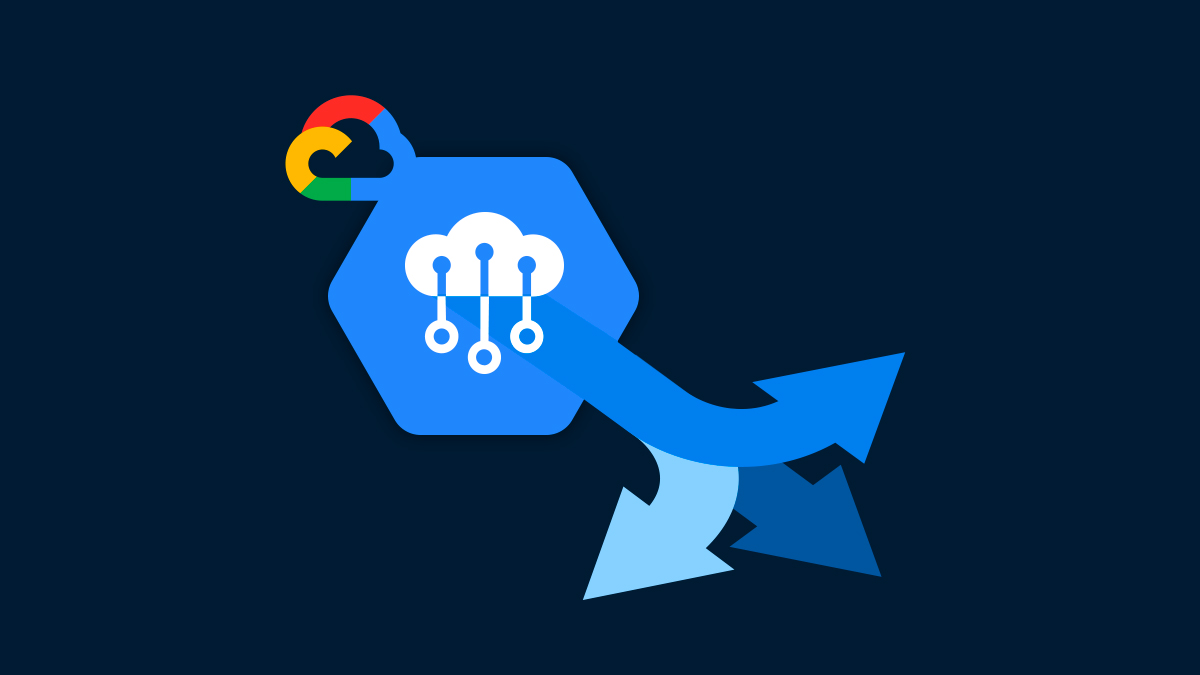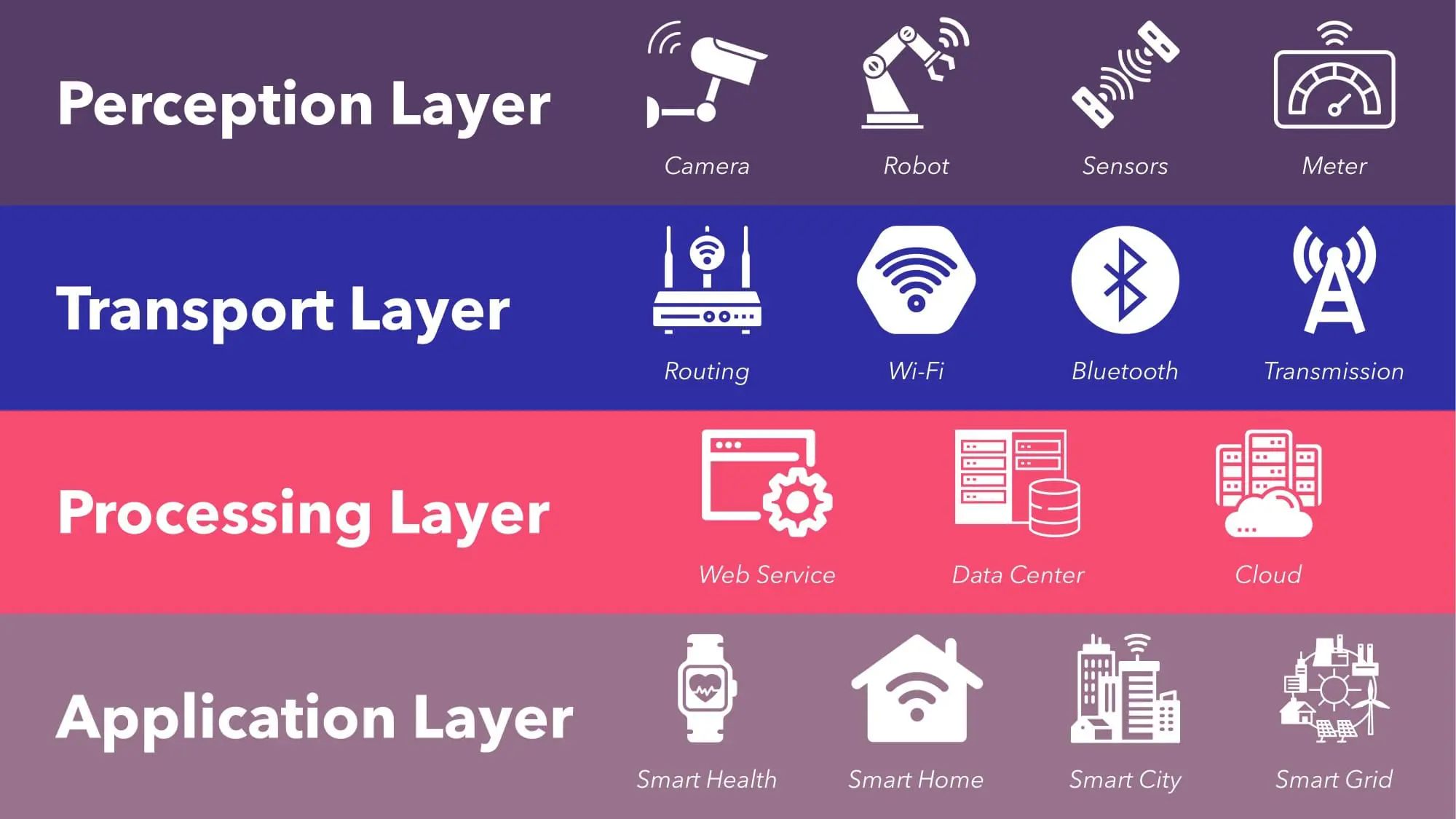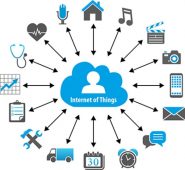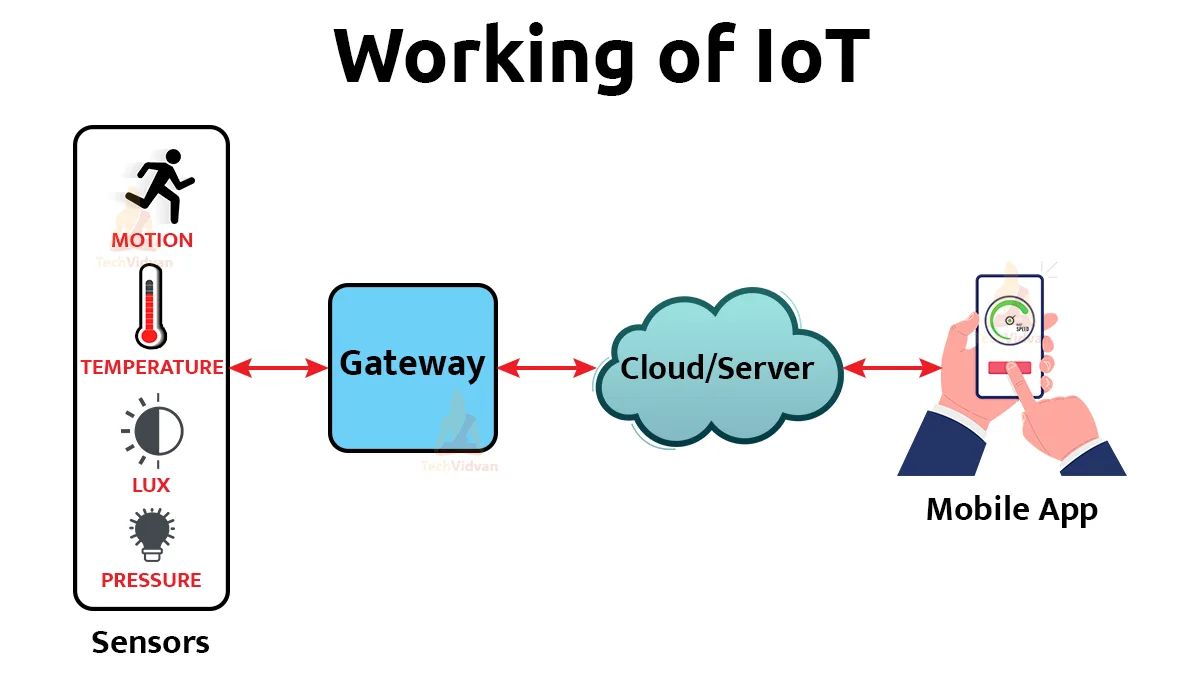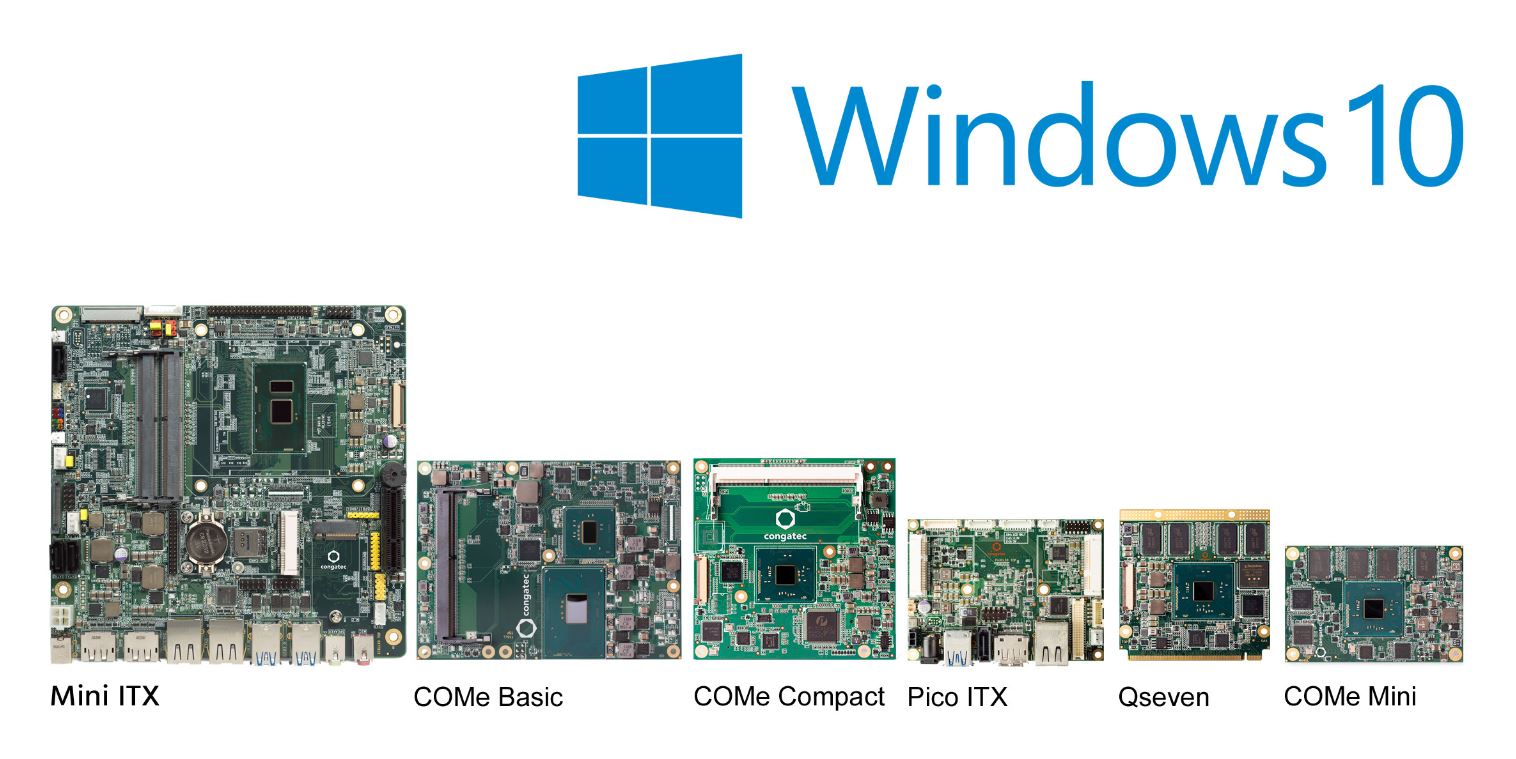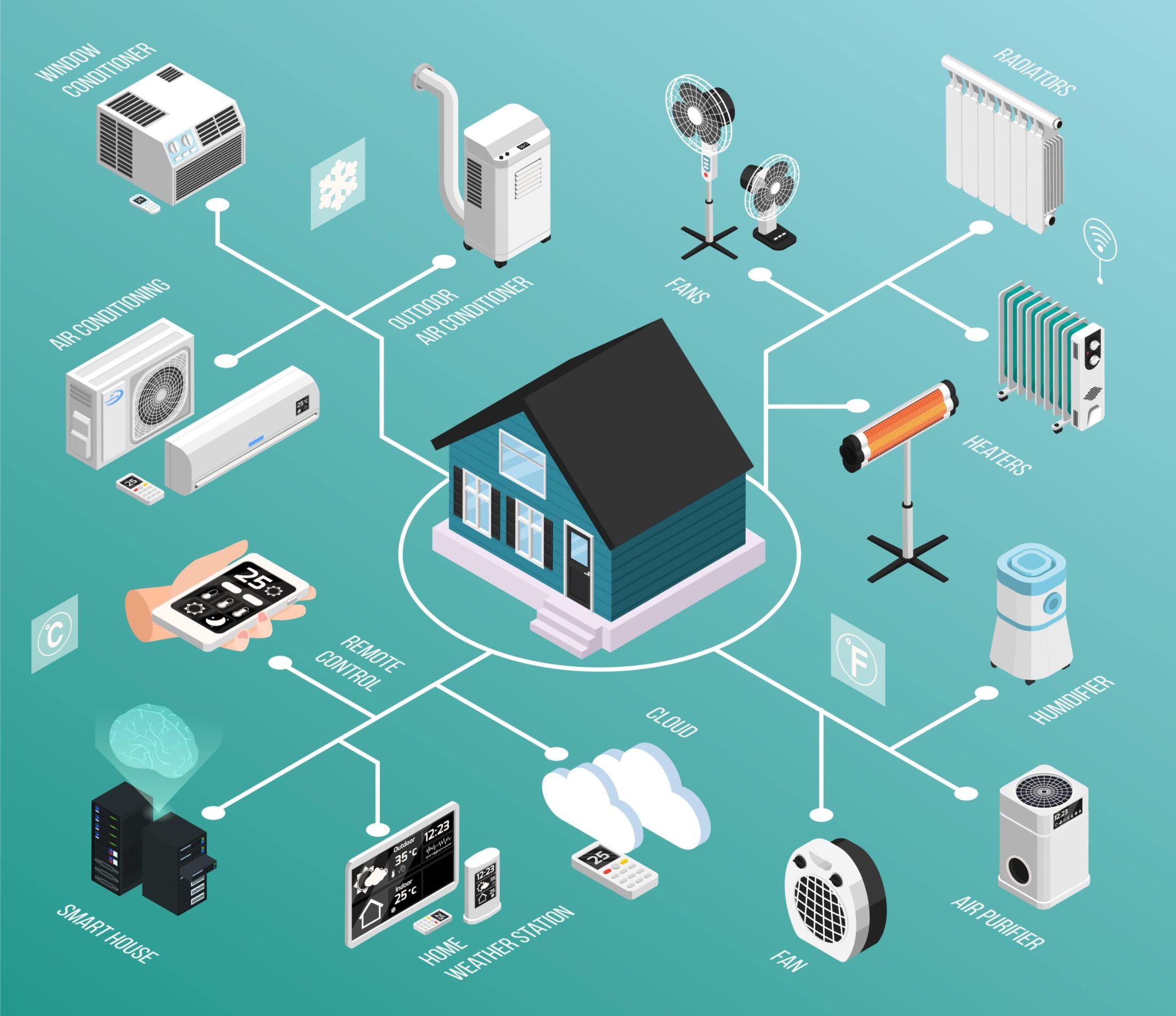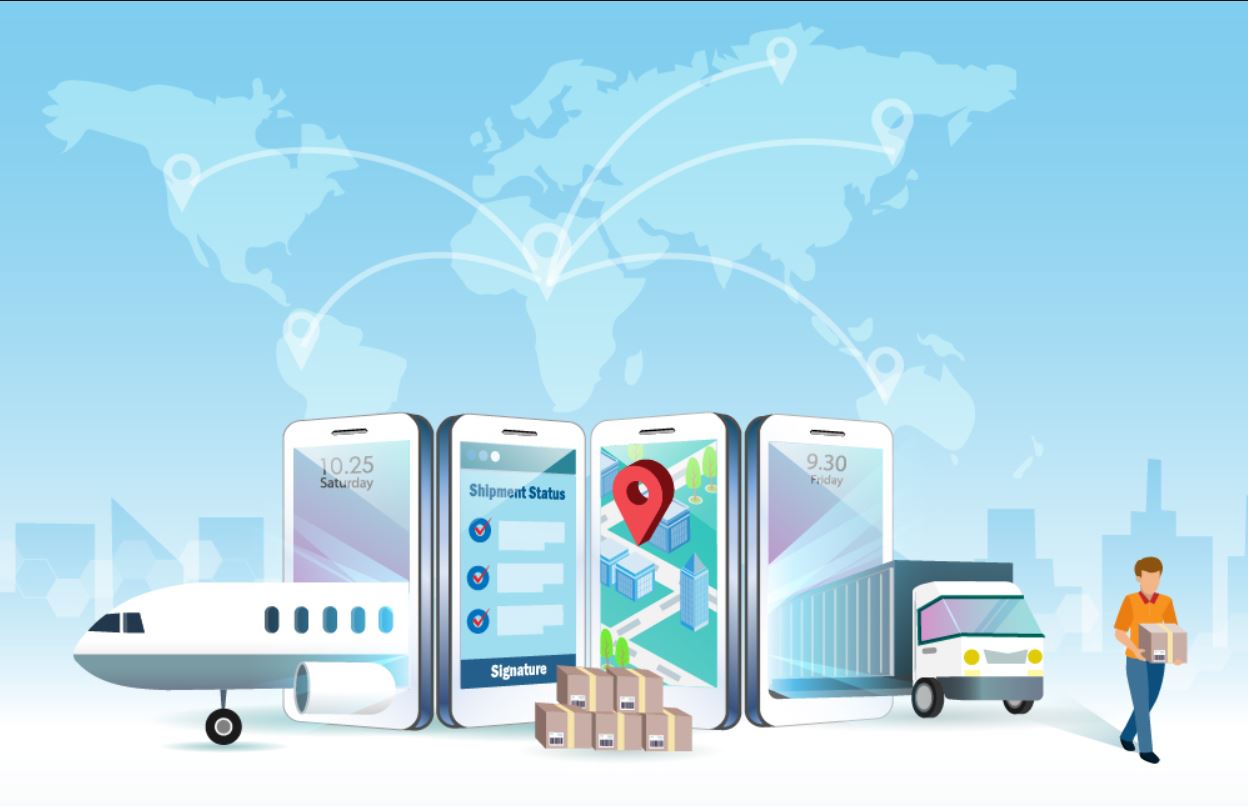Introduction
Cloud Internet of Things (IoT) has emerged as a transformative technology that connects physical devices to the internet, enabling them to communicate and exchange data seamlessly. This combination of cloud computing and IoT opens up a world of possibilities, providing enhanced capabilities and intelligence to traditional devices.
Today, we are witnessing an exponential growth in the number of connected devices, ranging from smart appliances and wearables to industrial sensors and surveillance systems. These devices generate massive amounts of data, and cloud IoT platforms play a crucial role in managing, analyzing, and deriving valuable insights from this data.
The concept of Cloud IoT revolves around leveraging the power of cloud computing infrastructure to process and store data collected from IoT devices. By harnessing the scalability, flexibility, and cost-effectiveness of the cloud, organizations can unleash the true potential of IoT applications and services.
In this article, we will delve deeper into the world of Cloud IoT, exploring its definition, benefits, working process, key components, and various use cases. Additionally, we will also discuss the challenges associated with implementing Cloud IoT and how organizations can overcome them to fully leverage this technology.
So, let’s dive in and understand the fascinating world of Cloud IoT.
What is Cloud IoT?
Cloud IoT, also known as IoT Cloud, refers to the integration of cloud computing and Internet of Things (IoT) technologies. It involves connecting physical devices, vehicles, appliances, and other objects to the internet, enabling them to collect and exchange data. This data is then processed, analyzed, and stored in the cloud, providing real-time insights and enabling remote monitoring and control.
The key concept behind Cloud IoT is to leverage the power and capabilities of the cloud to handle the massive amounts of data generated by IoT devices. By utilizing cloud computing infrastructure, organizations can overcome the limitations of storage capacity, processing power, and scalability that traditional on-premises systems face.
Cloud IoT platforms offer a range of features and functionalities tailored for IoT applications. These platforms provide secure and reliable connectivity, device management, data storage, analytics, and integration with other cloud services. They enable seamless communication and collaboration between IoT devices, cloud servers, and end-users, creating a cohesive ecosystem for IoT applications.
One of the fundamental benefits of Cloud IoT is its ability to enable real-time data processing and analytics. By leveraging cloud computing resources, organizations can analyze IoT data on the fly, deriving valuable insights and making timely decisions. This real-time capability is especially critical for applications like remote asset monitoring, predictive maintenance, and smart city infrastructure.
Moreover, Cloud IoT offers enhanced scalability and flexibility. With the cloud’s elasticity, organizations can effortlessly scale up or down their resources based on the demand of IoT applications. This ensures that the infrastructure can handle spikes in data volume and accommodate future growth without any performance issues or disruptions.
Overall, Cloud IoT empowers organizations to unlock the full potential of IoT by providing a robust and scalable cloud infrastructure. It enables efficient management, analysis, and utilization of IoT data, resulting in improved operational efficiency, cost reductions, and enhanced decision-making capabilities.
Benefits of Cloud IoT
Cloud IoT brings numerous benefits to organizations across various industries. Let’s explore some of the key advantages:
1. Scalability and Flexibility: Cloud IoT platforms offer the ability to scale resources up or down based on demand. This allows organizations to handle fluctuating data volume and accommodate future growth without incurring significant infrastructure costs.
2. Cost Savings: By leveraging cloud services, organizations can avoid the upfront costs associated with building and maintaining on-premises infrastructure. They can pay for only the resources they use, resulting in cost savings and improved ROI.
3. Real-time Insights: Cloud IoT platforms enable real-time data processing and analysis, providing organizations with immediate insights into their IoT operations. This facilitates quick decision-making and enhances operational efficiency.
4. Remote Monitoring and Control: Cloud IoT enables remote monitoring and control of IoT devices. Organizations can easily access and manage their devices from anywhere, ensuring efficient deployment, monitoring, and updates.
5. Enhanced Security: Cloud IoT platforms provide robust security measures, including authentication, encryption, and access control. This helps protect sensitive data and ensures the secure transmission of information between devices and the cloud.
6. Integration and Interoperability: Cloud IoT allows for seamless integration with other cloud services and systems, enabling organizations to leverage additional functionalities, such as data analytics, machine learning, and AI algorithms.
7. Improved Efficiency and Productivity: By automating processes and enabling remote monitoring and control, Cloud IoT enhances operational efficiency and productivity. Organizations can streamline their operations, reduce manual errors, and optimize resource utilization.
8. Innovation and Business Opportunities: Cloud IoT opens up new avenues for innovation and revenue generation. Organizations can develop and deploy innovative IoT applications and services, expanding their market reach and creating new business opportunities.
Overall, Cloud IoT empowers organizations with scalable infrastructure, real-time insights, enhanced security, and flexibility, providing a strong foundation for successful IoT deployments. It drives operational efficiency, cost savings, and innovation, enabling organizations to stay competitive in the ever-evolving digital landscape.
How Cloud IoT Works
Cloud IoT involves a combination of IoT devices, networks, and cloud computing infrastructure. Let’s take a closer look at how Cloud IoT works:
1. Device Connectivity: The first step in Cloud IoT is connecting IoT devices to the internet. These devices can range from sensors and actuators to smart appliances and wearable devices. They are equipped with embedded sensors and communication modules to collect and transmit data.
2. Data Transmission: Once connected, IoT devices use various wireless protocols (such as Wi-Fi, Bluetooth, or cellular networks) to transmit data to a cloud IoT platform. This data may include sensor readings, location information, or device status.
3. Cloud IoT Platform: The data received from IoT devices is then processed and stored in a cloud IoT platform. This platform acts as the bridge between IoT devices and cloud computing resources. It provides functionalities such as data ingestion, storage, device management, and analytics.
4. Data Processing: In the cloud IoT platform, data is processed and analyzed in real-time. This can involve data cleansing, filtering, aggregation, and applying machine learning algorithms for advanced analytics. This processing stage helps derive meaningful insights from the raw data.
5. Storage and Management: Processed data is stored in cloud storage, which ensures scalability, redundancy, and durability. Cloud IoT platforms offer various storage options, such as databases, data lakes, or object storage, depending on the specific requirements of the application.
6. Analytics and Visualization: After the data is stored, organizations can leverage cloud-based analytics tools to gain insights from the collected data. This can include performing predictive analysis, generating reports, or visualizing data through dashboards, enabling users to make informed decisions.
7. Integration and Application Development: Cloud IoT platforms enable integration with other cloud services, allowing organizations to build custom applications or integrate IoT data into existing systems. This integration facilitates seamless collaboration, automation, and interoperability across different applications and services.
8. Remote Monitoring and Control: Cloud IoT platforms also enable remote monitoring and control of IoT devices. Organizations can access their devices remotely, monitor their status, and take necessary actions for maintenance, updates, or troubleshooting.
By combining the power of IoT devices, network connectivity, and cloud computing, Cloud IoT provides a scalable and efficient infrastructure for collecting, processing, and analyzing IoT data. This enables organizations to gain valuable insights, automate processes, and drive innovation in various industries.
Key Components of Cloud IoT
Cloud IoT consists of several key components that work together to enable seamless connectivity, data management, and processing. Let’s explore the essential building blocks of Cloud IoT:
1. IoT Devices: These are physical devices equipped with sensors, actuators, and communication modules. They collect data and transmit it to the cloud IoT platform. IoT devices can range from simple sensors to complex industrial machinery and wearable devices.
2. Connectivity: Connectivity is crucial for Cloud IoT, as it enables communication between IoT devices and the cloud IoT platform. Various wireless technologies like Wi-Fi, Bluetooth, cellular networks, or LPWAN (Low-Power Wide-Area Networks) are used to establish connectivity depending on the specific requirements of the application.
3. Cloud IoT Platform: The cloud IoT platform acts as the central hub for managing and processing data from IoT devices. It provides essential functionalities such as data ingestion, storage, device management, analytics, and integration with other cloud services. Examples of cloud IoT platforms include AWS IoT, Microsoft Azure IoT, and Google Cloud IoT Core.
4. Data Ingestion: Data ingestion involves capturing and processing data as it is received from IoT devices. This ensures that the data is structured and ready for storage and analysis. Data can be ingested in real-time or in batches, depending on the application’s requirements.
5. Data Storage: Cloud IoT platforms offer scalable storage options to handle the massive amount of data generated by IoT devices. This includes databases, data lakes, or object storage, which provide durability, flexibility, and high availability. Storing data in the cloud also ensures that it can be accessed from anywhere and by authorized users.
6. Device Management: Managing IoT devices is a critical component of Cloud IoT. It involves tasks such as provisioning, configuring, and monitoring devices remotely. Cloud IoT platforms provide tools and APIs to manage device identities, firmware updates, security policies, and monitor device health and status.
7. Analytics and Insights: Cloud IoT platforms offer built-in analytics capabilities for deriving valuable insights from IoT data. This can involve real-time analytics, predictive analytics, or machine learning algorithms to detect patterns, anomalies, or predict future events. These insights help organizations make data-driven decisions and optimize their operations.
8. Integration: Cloud IoT platforms enable seamless integration with other cloud services and systems, allowing organizations to leverage additional functionalities. This includes integration with AI/ML services, big data analytics, or enterprise systems, enabling organizations to extend their capabilities and derive more value from IoT data.
9. Security: Security is paramount in Cloud IoT. Cloud IoT platforms provide robust security measures like authentication, encryption, access control, and monitoring. These ensure the confidentiality, integrity, and availability of IoT data, protecting against unauthorized access, data breaches, and cyber threats.
By understanding the key components of Cloud IoT, organizations can design and implement effective IoT solutions. These components work together to enable seamless connectivity, data management, analysis, and application integration, empowering organizations to harness the full potential of IoT.
Use Cases of Cloud IoT
Cloud IoT has revolutionized various industries by enabling innovative use cases and driving digital transformation. Let’s explore some of the key applications and use cases of Cloud IoT:
1. Smart Cities: Cloud IoT is instrumental in creating smart cities by integrating various systems and devices. It enables efficient traffic management, waste management, energy management, and public safety through real-time data collection, analysis, and control.
2. Industrial IoT: Cloud IoT is widely adopted in industries for remote monitoring and predictive maintenance of machinery and equipment. It helps optimize production processes, reduce downtime, and improve operational efficiency, resulting in cost savings and enhanced productivity.
3. Healthcare: Cloud IoT is transforming the healthcare industry by enabling remote patient monitoring, telemedicine, and connected medical devices. It enhances patient care, enables early detection of health issues, and improves overall healthcare delivery.
4. Agriculture: Cloud IoT is revolutionizing agriculture by enabling precision farming techniques. It allows farmers to monitor soil health, optimize irrigation, and automate crop monitoring, resulting in improved crop yields and resource efficiency.
5. Energy Management: Cloud IoT helps organizations in energy management by providing real-time data on energy consumption, optimizing energy usage, and enabling demand response programs. It helps reduce energy costs and promotes sustainable energy practices.
6. Retail: Cloud IoT is used in retail to enhance inventory management, optimize supply chain operations, and personalize customer experiences. It enables real-time stock monitoring, automated replenishment, and targeted promotions based on customer preferences.
7. Environmental Monitoring: Cloud IoT is employed for environmental monitoring, including air quality monitoring, water management, and wildlife tracking. It helps analyze environmental data, detect anomalies, and take proactive measures for conservation and sustainability.
8. Logistics and Asset Tracking: Cloud IoT enables real-time tracking and management of assets, improving supply chain visibility and efficiency. It helps organizations track shipments, monitor the condition of goods, and optimize logistics operations.
9. Smart Homes and Buildings: Cloud IoT is leveraged in smart homes and buildings to automate processes, enhance energy efficiency, and improve security. It allows users to control devices remotely, monitor energy usage, and integrate various smart devices for seamless automation.
These are just a few examples of how Cloud IoT is being applied in diverse industries. The scalable and flexible infrastructure of Cloud IoT, combined with the power of connectivity and data analytics, opens up endless possibilities for transforming industries, enhancing operations, and improving the quality of life.
Challenges of Cloud IoT
While Cloud IoT offers immense benefits, there are also challenges that organizations need to address for successful implementation. Let’s explore some of the key challenges faced in Cloud IoT:
1. Security and Privacy: Security is a primary concern in Cloud IoT due to the large number of connected devices and the sensitivity of the data being transmitted. Ensuring secure communication, data encryption, access control, and protection against cyber threats are crucial challenges that organizations must address.
2. Scalability and Performance: Cloud IoT involves a massive amount of data being generated and processed. Ensuring the scalability and performance of the infrastructure to handle the increasing data volume and maintain real-time analytics and responsiveness is a significant challenge.
3. Interoperability: The IoT landscape consists of diverse devices, protocols, and technologies. Ensuring interoperability between different devices and platforms is essential to enable seamless communication, data exchange, and integration across various IoT ecosystems.
4. Data Management and Analytics: Handling and analyzing large volumes of IoT data can be complex. Organizations need efficient data management strategies, including data storage, data cleansing, data integration, and advanced analytics capabilities to derive meaningful insights from the data.
5. Standardization: The lack of standardization in IoT devices, communication protocols, and data formats poses a challenge for seamless integration and interoperability. Establishing industry standards and protocols is crucial to ensure compatibility and ease of deployment.
6. Cost and ROI: Cloud IoT implementation involves significant upfront investment in infrastructure, connectivity, and maintenance. Ensuring a positive return on investment (ROI) and cost-effectiveness is crucial, especially for smaller organizations or startups with limited resources.
7. Data Governance and Compliance: Cloud IoT involves capturing and processing sensitive data, making data governance and compliance with data protection regulations a critical challenge. Organizations must ensure data privacy, consent management, and compliance with relevant regulations like GDPR or CCPA.
8. Skill Gap: Building and managing Cloud IoT solutions require a diverse skill set, including IoT engineering, data analytics, cloud computing, and cybersecurity. The lack of skilled professionals in these areas poses a challenge for organizations looking to adopt Cloud IoT.
9. Ecosystem Integration: Integrating Cloud IoT with existing systems, legacy infrastructure, or third-party applications can be challenging. Organizations need to ensure compatibility, seamless data flow, and proper integration between different components of the IoT ecosystem.
Addressing these challenges requires a well-thought-out strategy, careful planning, and collaboration between different stakeholders. By understanding and proactively addressing these challenges, organizations can harness the full potential of Cloud IoT and unlock the transformative power it offers.
Conclusion
Cloud IoT has revolutionized the way we connect, interact, and derive value from the Internet of Things. By combining the power of cloud computing with IoT devices, organizations can unlock immense opportunities for innovation, efficiency, and cost savings.
In this article, we explored the fascinating world of Cloud IoT, understanding its definition, benefits, working process, key components, use cases, and challenges. We saw how Cloud IoT enables scalable infrastructure, real-time insights, enhanced security, and flexibility, providing a strong foundation for successful IoT deployments.
The benefits of Cloud IoT are far-reaching, empowering industries across various sectors, including smart cities, healthcare, agriculture, retail, and more. It drives operational efficiency, cost savings, and enables organizations to make data-driven decisions and stay competitive.
However, implementing Cloud IoT comes with its own set of challenges. Security, scalability, interoperability, and skill gap are some of the key challenges that organizations need to address for successful implementation.
Despite these challenges, Cloud IoT holds tremendous potential for transforming industries, society, and everyday life. It offers new possibilities for automation, optimization, and innovation, paving the way for a more connected and intelligent future.
To fully harness the power of Cloud IoT, organizations must carefully plan their IoT strategy, invest in the right infrastructure and security measures, and ensure seamless integration and collaboration between different components of the IoT ecosystem.
As Cloud IoT continues to evolve and mature, organizations can leverage its capabilities to gain a competitive edge, drive efficiency, and deliver meaningful experiences to customers. Embracing Cloud IoT is not just a technological decision but a strategic move towards a more connected and data-driven future.







